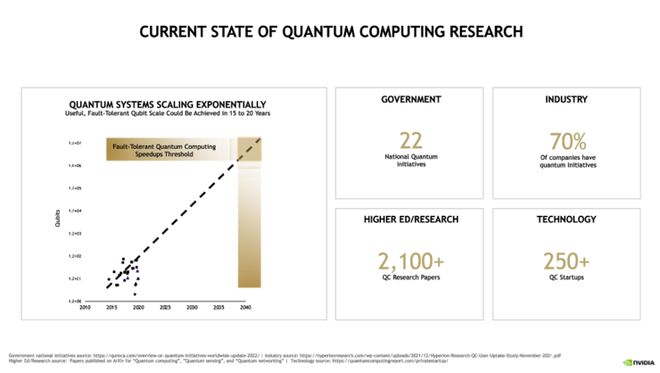 (资料图片仅供参考)
(资料图片仅供参考)
|注:文章转摘自网络,仅供学习参考!
首席信息安全官如何规划其职业生涯的未来发展
最后推荐一篇文章给致力于信息安全的朋友,需要下面全文的可以联系小编,仅供学习参考:
If asked to create a metaphor for their legacy systems, many state CIOs might describe them as a sprawling 1970s sedan. They would laud the car for its solid steel frame but note that its engine isn’t as fuel effcient and its handling isn’t as nimble as newer models. And despite making many updates over the decades, they would have to admit that the old sedan simply can’t match the security and other features of newer models. They might even say that it sometimes seems as though the road itself has transformed, and as the old sedan chugs along, sleeker, more modern vehicles zip past on the way to new destinations.On a real-life highway, junking a gas-guzzler might seem the only viable choice. Fortunately, state governments are using a variety of vehicles—including cloud computing, ecosystem partnerships and greater cross-agency collaboration—to adapt and evolve their infrastructures. And while state CIOs historically have served as mechanics responsible for keeping IT engines running, today’s leaders have opportunities to put themselves at the wheel as drivers and conductors of innovation beyond technology systems.
As part of its 50th anniversary, NASCIO joined Accenture to study these opportunities for state CIOs. For this study we defned “innovation” using the following criteria: novelty (applying a radical new idea or applying an existing idea in a different way), implementation (putting the idea into action) and success (generating a successful outcome while recognizing that failure is part of the learning process).
Through our survey and series of one-to-one interviews, the research explored three key questions:








































































